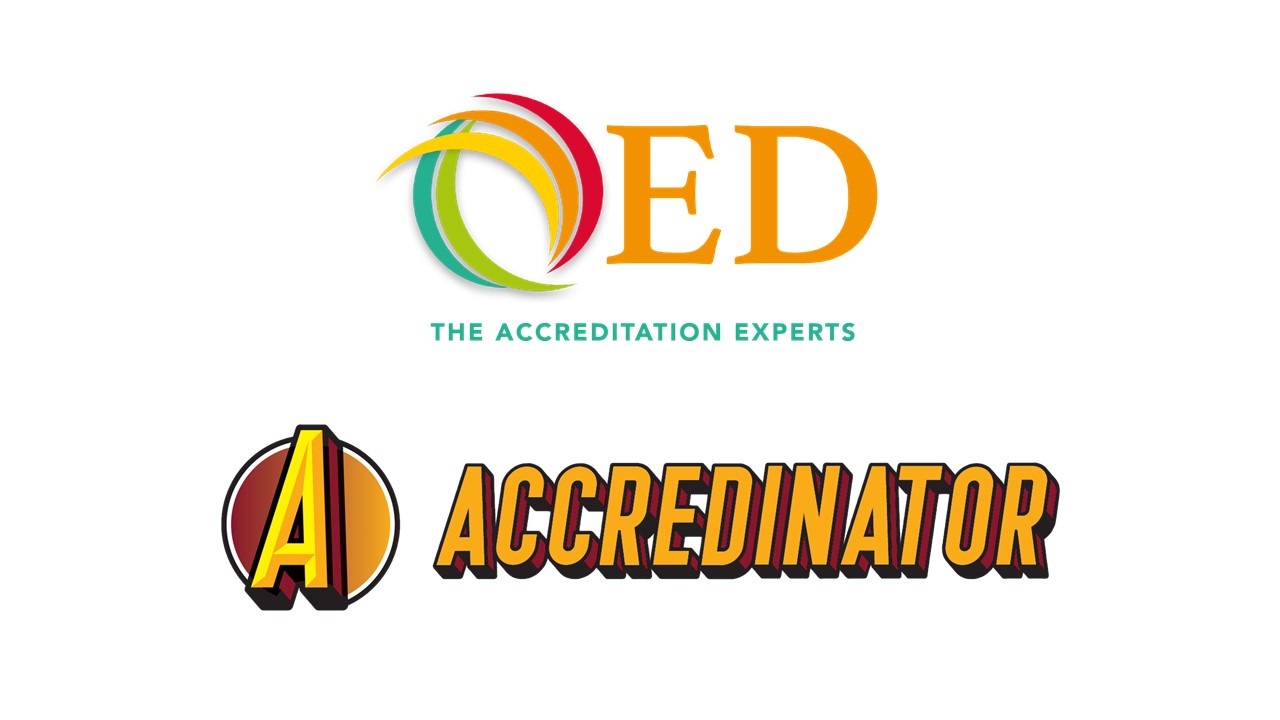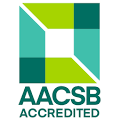AACSB Business Accreditation Standards: Updates 2024
AACSB significantly updated its Business Accreditation Standards in 2020. It issues annual amendments and updates – usually on 1 July.
QED’s overview of the updates made as part of the 2024 publication, together with an assessment of the significance of the change can be found in this downloadable PDF file.
The updates reflect clarification and additional explanation – particularly linked to Standards 3, 5 and 8. These should not provide any significant change for schools. However, as always, QED recommends that all schools within an AACSB accreditation process (whether initial or renewal) should review and ensure they have understood the changes and clarifications – particularly to ensure the updates do not highlight any potential internal misunderstanding of AACSB principles and standards.
NB: QED’s material represents QED’s interpretation of the AACSB Updates. We always recommend that you view the updated standards directly and we have provided links within our update document)
As above, QED’s summary of the updates across the key documents is available in this downloadable PDF file.
For advice and further details on any of the above, please contact the QED Accreditation Team at info@QEDaccreditation.com.







Recent Comments